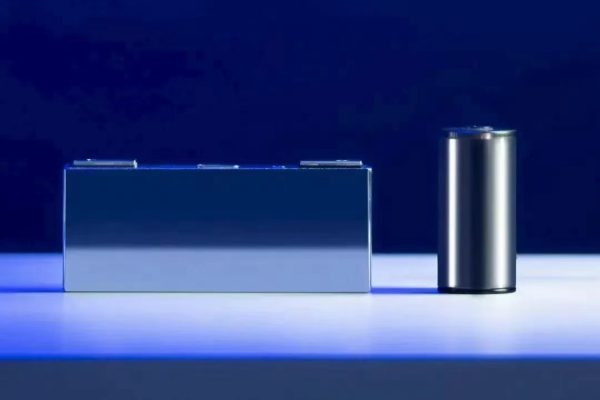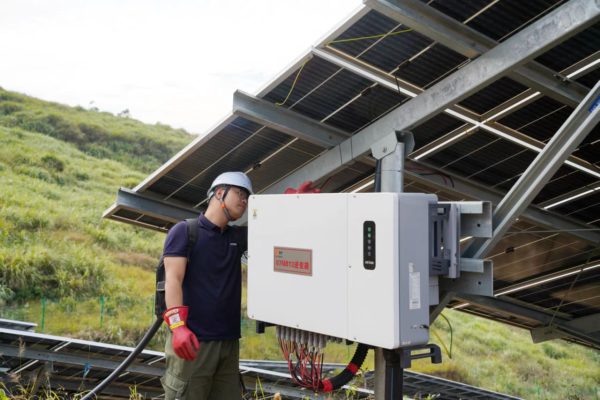Evaluating Value, Flexibility, and Market Fit for SME Exporters and Installers
🔌 What Are PV Inverters with Built-In Battery Ports?
In traditional setups, a grid-tied PV inverter and a battery inverter are two separate components. However, the market has increasingly seen hybrid inverters or PV inverters with integrated battery ports, combining both solar and storage management into one unit.
These inverters allow direct DC-coupling of batteries without the need for external charge controllers or separate battery inverters.
For small to mid-sized installers and exporters, this design promises:
- Simplified installation
- Reduced overall hardware cost
- Compact form factor ideal for residential or light commercial use
But are they always the best choice?
⚙️ Key Features of Built-In Battery Inverters
| Feature | Benefit |
|---|---|
| DC Battery Port | No need for AC-coupled battery inverter |
| Integrated MPPT Controllers | Manages PV and battery from one system |
| Load Shifting / TOU Scheduling | Enables basic energy management |
| Backup Power Support | Some include grid-forming function |
| Monitoring in One App/Platform | Easier for users and service teams |
These are often branded as “Hybrid Inverters” or “ESS-ready Inverters”, commonly from manufacturers like Growatt, Deye, GoodWe, Solis, Luxpower, etc.
✅ When They’re Worth It
For residential and SME customers, PV inverters with battery ports can provide excellent value, especially when:
1. Space and Simplicity Are Critical
- One unit on the wall instead of two
- Fewer connection points reduce installation error
2. Clients Need Backup But Not Full Off-Grid
- Supports essential load backup with limited battery bank
- Ideal for areas with occasional outages
3. You’re Selling Bundled Solutions
- As an exporter, bundling PV, battery, and inverter in one SKU reduces BOM complexity
- Easier for installers with limited technical teams
4. Regulatory Limits Favor Compact Systems
- Some markets restrict the number of active power sources or require certified grid-forming devices
⚠️ Limitations You Must Consider
Despite the advantages, there are trade-offs to be aware of:
1. Limited Battery Compatibility
- Many built-in designs only work with selected lithium battery protocols (e.g., BMS CAN communication)
- Integrating third-party or custom batteries may be difficult
2. Low Backup Output Power
- Backup power capacity may be limited to 3–5 kW
- Not suitable for whole-house or heavy load support
3. Reduced Flexibility in Scaling
- If the user wants to expand battery or PV in the future, single-unit design may not scale easily
4. Maintenance Challenges
- If the inverter fails, both PV and battery functions go down
- Replacing one unit could disrupt the entire system
💸 Cost Comparison: Built-in vs Separate Units
| Setup Type | Hardware Cost | Install Time | Scalability | Complexity |
|---|---|---|---|---|
| Built-in Battery Port | Lower | Fast | Medium | Simple |
| Separate PV + Battery Inv. | Higher | Slower | High | Complex |
For systems under 10kW PV + 15kWh storage, hybrid inverters often offer better value. Above that, separate systems provide more flexibility and performance headroom.
🌍 Export Considerations
If you’re selling to international clients or supporting local integrators, keep these in mind:
✅ Recommended When:
- Clients are in residential/light-commercial markets
- Installer skill level is medium to low
- Budget sensitivity is high
- Product certifications match local standards (e.g., CE, IEC62109, UL1741)
❌ Use Caution When:
- Clients want to use 48V lead-acid batteries
- Custom-built racks or local batteries are involved
- Future battery or PV expansion is expected
- Grid codes demand advanced features like FFR or remote EMS control
🧠 Strategic Advice for Exporters
To serve clients better:
- Provide a list of compatible batteries with the hybrid inverter
- Include pre-programmed EMS profiles or a setup guide
- Offer pre-wired systems in kits (inverter + battery + BMS harness)
- Maintain fast spare inverter availability in case of field failure
- Use models that support WiFi or RS485 remote updates
Are They Worth It?
Yes — for the right customer segment, PV inverters with built-in battery ports are not just worth it, they’re a strategic advantage.
They:
- Lower entry barriers for storage adoption
- Simplify installation and training
- Speed up quote-to-commission cycles
- Offer cleaner aesthetics and smaller footprints
But make sure your clients know the limits. When sizing, compatibility, or future expansion matter more, a modular design still wins.









